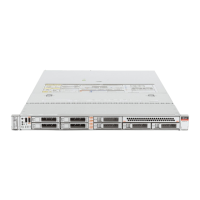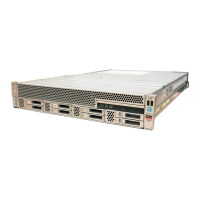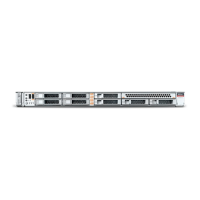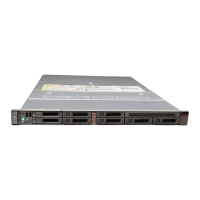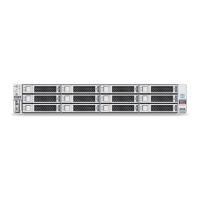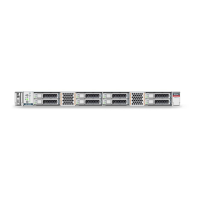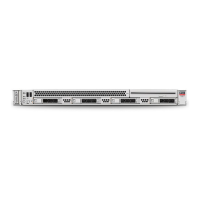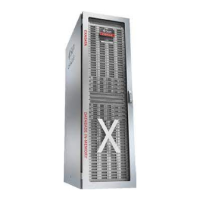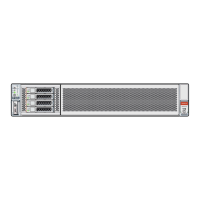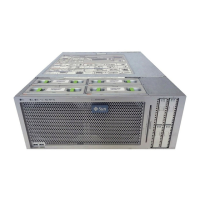13-111 Displaying the Status of All Disks 13-119
13-112 Displaying the Status of a Single Disk 13-119
13-113 Listing All Diskgroups 13-121
13-114 Displaying DATA Configurations 13-121
13-115 Showing Controller Details 13-122
13-116 Displaying the RAID SYNC Status 13-122
13-117 Displaying Storage Devices 13-123
13-118 Displaying NVMe Details 13-124
13-119 Powering a Disk Off 13-125
13-120 Checking the Disk Status 13-125
13-121 Resetting the oda-admin Password in Interactive Mode 13-126
14-1 Preparing a Copy of the Configuration File 14-13
14-2 Creating a New Database Showing Prompts 14-16
14-3 Creating a New Database in an Existing Oracle Home 14-17
14-4 Creating a New Database from a Template 14-17
14-5 Deploying the Complete Oracle Database Appliance 14-25
14-6 Running the Configurator 14-25
14-7 Running the Offline Configurator with Advance Mode 14-25
14-8 Preloading an Existing Configuration File 14-25
14-9 Changing a User Group Name or ID 14-25
14-10 Viewing the Log File 14-26
14-11 Expanding Storage 14-26
14-12 Displaying the Write Cache Status of Disks 14-27
14-13 Locating an Oracle ASM Disk by Turning on the Disk’s LED 14-28
14-14 Example Command to View the Bill of Materials from the Command Line for
Virtualized Platforms Deployments 14-29
14-15 Modifying the Database Type 14-30
14-16 Modifying the Database Size 14-30
14-17 Viewing the Current and Suggested Kernel Parameters 14-32
14-18 Reconfiguring the Kernel Based on Available RAM 14-33
14-19 Increasing the Size of the DATA Volume 14-34
14-20 Displaying Database Details 14-39
14-21 Displaying Database Details for Four Databases 14-39
14-22 Displaying DB Home Details 14-41
14-23 Displaying DB Home Details 14-41
14-24 Oracle Database Appliance with Non-CDB Databases 14-41
14-25 Displaying Information About the Local Disks 14-42
xx
